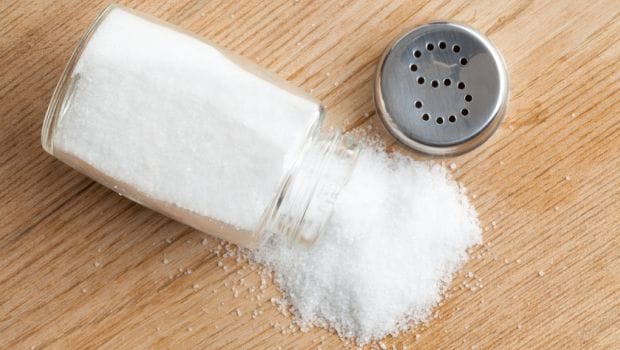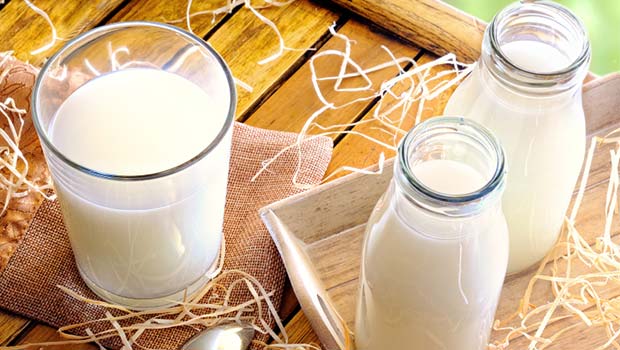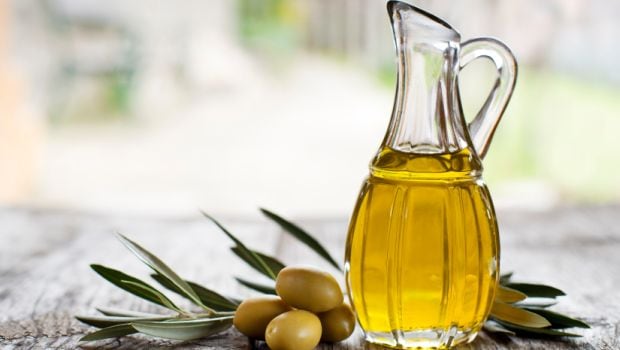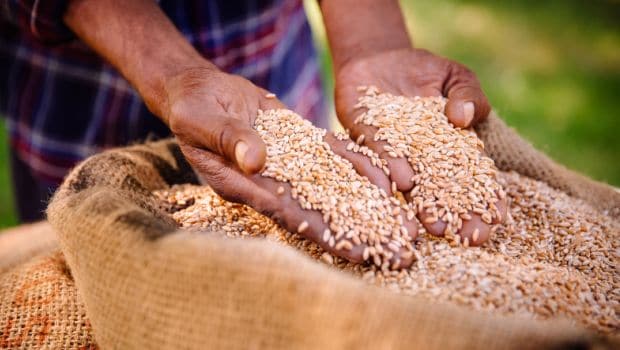
What Food Items Can Be Fortified?
While we are all familiar with fortified salts and milk, other ingredients that fall under this category include atta, maida, edible oil, butter, cheese, cereals, infant formulas, teas and other healthy beverages, etc. While fortified foods is a stepping stone towards preventing malnutrition on a large scale, health experts point out the fact that there could be chances of increased toxicity as well, if proper method of fortification is not carried out by the respective food brands.
According to researchers of the study on Fortification of Foods with Vitamin D in India, done by University of California, "The supplementation strategy certainly has greater specificity of intervention and allows better dose adjustment. However, its disadvantages are: incurred user cost, low compliance, self-prescription and increased risk of toxicity. Therefore it is essential to set certain guidelines to prevent any mishap. Addressing this issue at hand, The Food Safety and Standards Authority of India (FSSAI) has set up a panel to draft guidelines on fortification of food items such as salt, milk, wheat flour, rice and edible oil, and prepare strategies to address malnutrition problem.According to Mr. Bhadri, "Food fortification is the most convenient and cheapest method to help people overcome nutrient deficiencies. FSSAI has formulated comprehensive regulations for Fortified foods, which are called the FSS (Fortification of Foods) Regulations, 2016. The regulations include standards for fortification of wheat flour, maida, oil, milk, rice, salt and vanaspati and have been operationalised since 16th October, 2016. Particular focus has been on the products to be fortified. As per the Household Consumer Expenditure Survey 2014, people in India consume cereals around 300g/day, oil about 25g/day and salt around 8-10g/day. You can imagine the reach of the staple diet to help curb malnutrition."

Fortified Food Guidelines
The FSSAI draft rules were operationalised in October even as they sought comments from stakeholders before finalising the final regulations. Standards have been set for fortification of salt with iodine and iron; of vegetable oil and milk with vitamin A and D; wheat flour and rice with iron, folic acid, zinc, vitamin B12, vitamin A and some other micro nutrients
"FSSAI has set up a new Scientific Panel on Food Fortification and Nutrition to address issues related to fortification of food," the regulator said in a statement. The Panel will identify critical nutritional gaps in the Indian diet in general as well as in specific target groups based on diet surveys and credible scientific evidence. It will define strategies to address nutritional needs of the general population and vulnerable groups, besides reviewing the standards for all suitable food fortifying vehicles.
The panel will also address regulatory and related technological issues, review proposals from industry using modern risk assessment methods, and prescribe standard sampling and test methods for effective monitoring, surveillance and enforcement of the relevant regulations. With an effective regulatory mechanism along with the continuous support of all the stakeholders, FSSAI expects that the problem of malnutrition in general and micronutrient malnutrition in particular would be overcome soon.

FSSAI has also unveiled a logo for fortified foods which may be used by food companies.









